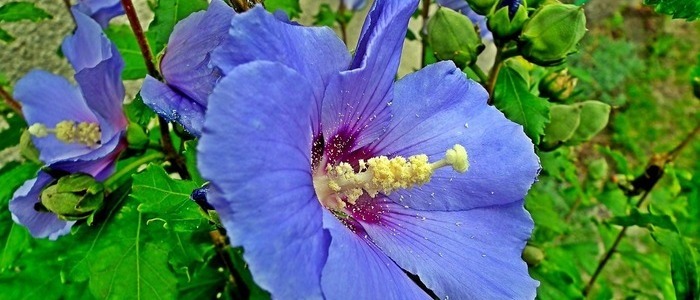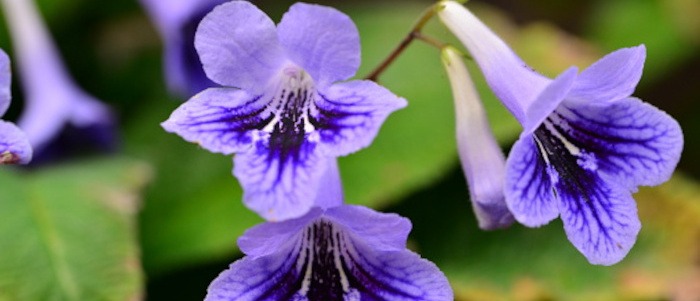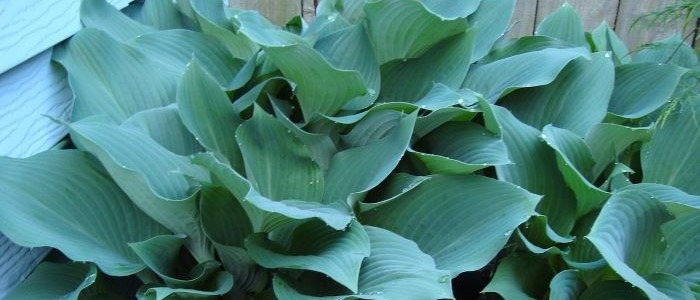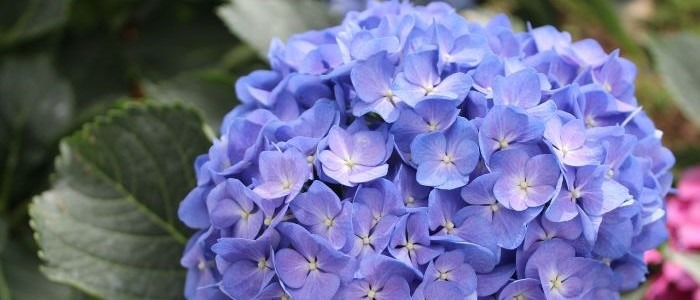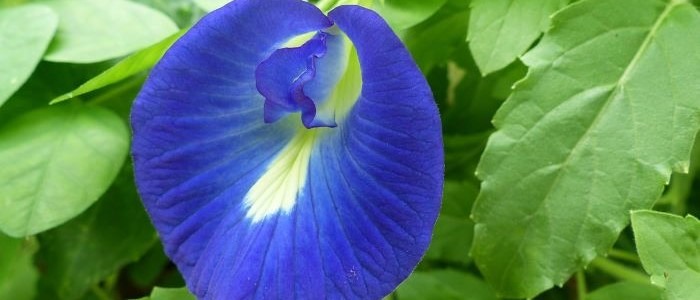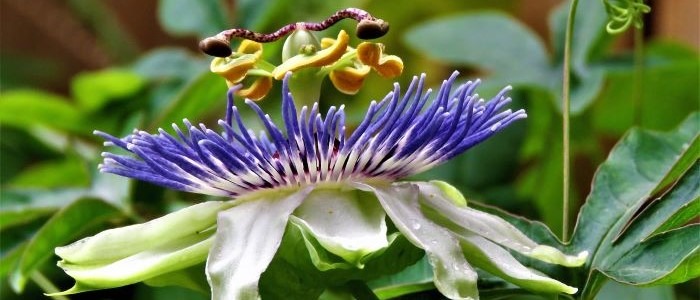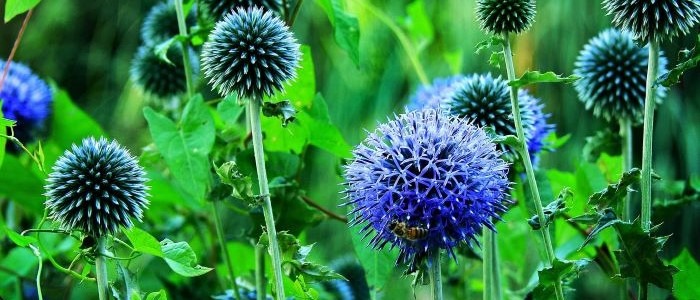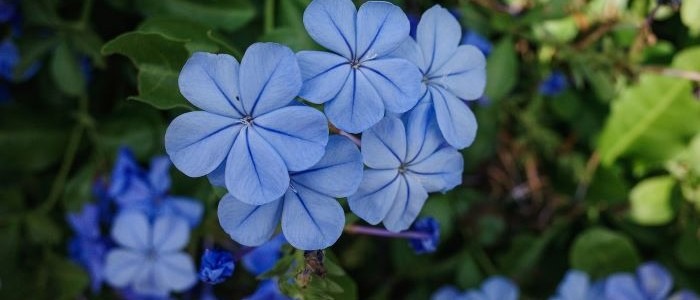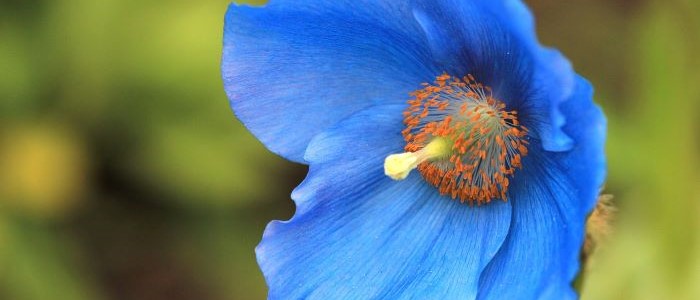Decorating your garden with flowers like those from the Blue Lobelia plant is one of the best hobbies in this world. People feel relaxed and happy when they sit in the pleasant fragrance of these flowers. Choosing the best flowers for your garden is important but this task may become a bit difficult because of various options. There are many plants in the world but the Blue Lobelia Plant is one of the most beautiful plants. It spreads beauty all around the area where it is planted. It attracts people’s attention and is considered a God-gifted plant. This plant gives freshness to the environment. It comes from a family of perennials and is native to eastern and central Canada and the United States. Its size usually goes up to 3 feet.
This plant blooms in a time period from August to October which means that its beauty is just for a short time. This plant is usually branched in long stems, 2-3 feet. They produce blue tabular lavender flowers which are clustered on the upper stem. This beautiful plant is divided into two edges, the upper edge has two parts while the lower edge has three parts.
The plant is highly desirable for forests and gardens especially when it blooms in late summer. The unfortunate name of the species, syphilitics is based on the fact that it was a supposed cure for syphilis.

Blue Lobelia Frequently Asked Questions
How often should I water my blue lobelia plant?
Blue Lobelia plants prefer moist soil, but they do not tolerate standing water or overly wet soil. It is important to water your plant regularly, but not to overwater it. A good rule of thumb is to water your blue lobelia plant when the top inch of soil feels dry to the touch. During hot, dry weather, you may need to water your plant more frequently to keep the soil moist. However, be careful not to water too much, as this can lead to root rot and other problems.
Can blue lobelia plants be grown in pots?
Yes, blue lobelia plants can be grown in pots. In fact, growing them in pots can be a great option for those who want to enjoy the beauty of these plants indoors or on a patio or balcony. When growing lobelia in pots, it is important to choose a container that is large enough to accommodate the plant's root system and provide adequate drainage. You should also use a high-quality potting mix that is rich in organic matter and provides good aeration. Finally, be sure to fertilize your blue lobelia plant regularly to ensure healthy growth and vibrant blooms.
History of The Blue Lobelia Plant
Lobelia is named after the French botanist Matthias de L’ Obel (1583-1616).The plant is a member of a Lobeliaceae family and is native to the northeastern United States and Canada. There are more than 415 different types of lobelia that are spread all over the world.
Cristopher said that Lobelia is one of the largest herbs in the world. No doubt that it is the most controversial plant in the world. Those people who get sick addressed it as a cure for syphilis many times. Dr. Christopher said that Lobelia is best for repairing the body system because it is easy to distribute and utilized.
Blue Lobelia Plant Varieties
The Lobelia Erinus variety of blue lobelia plant is very popular and is also known as the light lobelia. It grows as a soft perennial annual species and has colorful powers invading flowers that are yellow and white in the center. These flowers bloom in the early springtime to the frosty period.
The flower of this species ranges from the traditional violet and white to more unusual colors such as reddish, purple, and pink. Each flower is a tabular flower with two edges that are 0.5 inches long. The lowered lip of the flower is longer as compared to the top one. This flower grows in a loose cluster and survives best in pleasant summer weather otherwise when summer is really hot, this plant may lose its color.
This flower is used in many places but the common use of this species would include putting them in window boxes, hanging baskets, or containers. When they are placed in these things, they make the environment very beautiful and lovely. This species is easy to grow and looks extremely beautiful because of its colors. Although there are many varieties of Blue lobelia plants, some of the most popular and beautiful varieties include:
- Siphilitica Lobelia: This variety is very popular in North America upright and perennial. This species has the ability to produce thorns from north blue flowers that look beautiful on the top of the lance-shaped with light toothed.
- Cardinalis Lobelia: This is the popular plant of North America because of its forming straight perennial with many red bright flowers. Each flower is 5cm long and has striped skin.
- Fulgence lobelia: This type of cardinal flower (Queen Victoria) is very popular and it’s widely used in late summer. This flower has the amazing beauty of red flame and they are two-lipped blossoms
Tips For Growing The Blue Lobelia Plant
- These plants do well when placed under direct sun but in warmer climates they thrive where there is a full shade or partial shade.
- These should be placed where the soil is moist and well drained
- The Blue Lobelia plant should be placed where the soil is clay, loam, and sand.
Blue Lobelia Plant Care and Maintenance
- Fertilizing: Fertilize the Blue Lobelia plant as per need especially when it is in the growing stage. For best growth, it needs continuous fertilizers at maximum frequency.
- Pruning and deadheading: In the heat of summer, these flowers may slow down. The best way to keep them alive and able to grow is to cut the upper part of the plant and water on a regular basis. Avoid cutting back and cutting cardinals if you want to plant naturally.
- Propagating: The life of this plant is very short so if you do not plan to plant your flowers, cut them every two or three years for their best growth.
- Protection: If you want your plant to grow successfully and become beautiful then protect it in winter from direct sunlight, use a light layer of mulch that does not completely cover it.
Blue Lobelia Plant Pruning
When pruning cut the Blue Lobelia plant with a pair of scissors. This includes pruning to remove consumed flowers and wait until all spines are removed before cutting the lower stem.
Cutting these plants improves their appearance and health. When we cut this plant, it encourages the plant to produce more flowers in the long run. Removing flowers, pinching, and cutting are the three most important factors of pruning that give benefits to the Blue lobelia plants.
When to cut these plants depends on the type of plant. The first step is cutting when they are about 6 inches. Light pruning of the plant can be done at any time of year for best growth. Cutting lobelia plants make them beautiful and encourage them to bloom even more.





